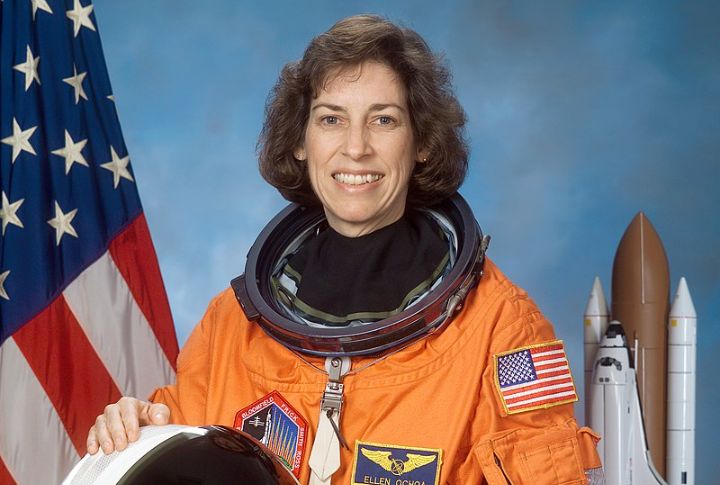
History tends to spotlight rockets, not the women who powered them. Every successful launch relied on brilliant problem-solving and groundbreaking work behind the scenes. These overlooked stories are inspiring, and they rewrite how we understand progress.
NASA’s First Human Computer Was A Woman
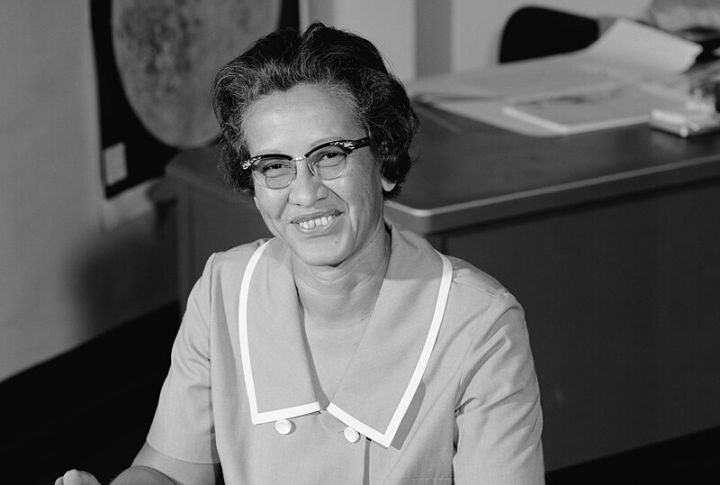
Katherine Johnson, a math prodigy born in 1918, manually computed orbital paths for Mercury and Apollo missions. That’s how trajectories launched astronauts skyward before machines took over. Astronaut John Glenn trusted her more than any machine because her numbers were always right.
NASA’s First Female Flight Director
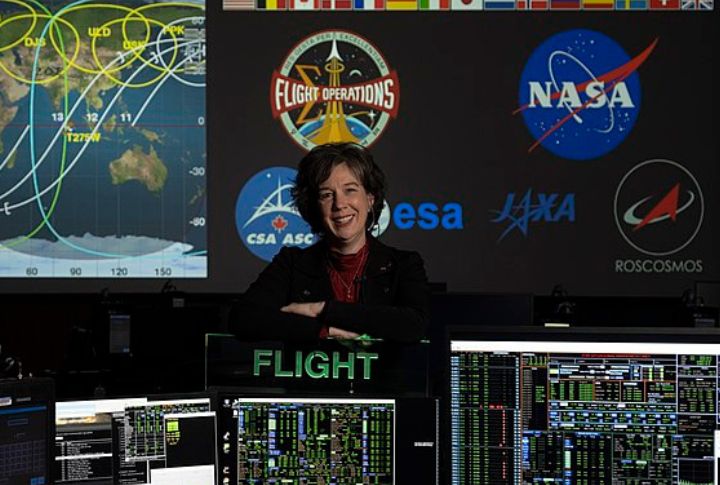
Holly Ridings didn’t just step into flight operations; she took charge. In 2018, she became NASA’s first female chief flight director, overseeing spaceflight activities and making split-second decisions to keep astronauts safe. When challenges arose, she was the one guiding expeditions and keeping everything on track.
A Latina Engineer Helped Design The Space Shuttle’s Brains
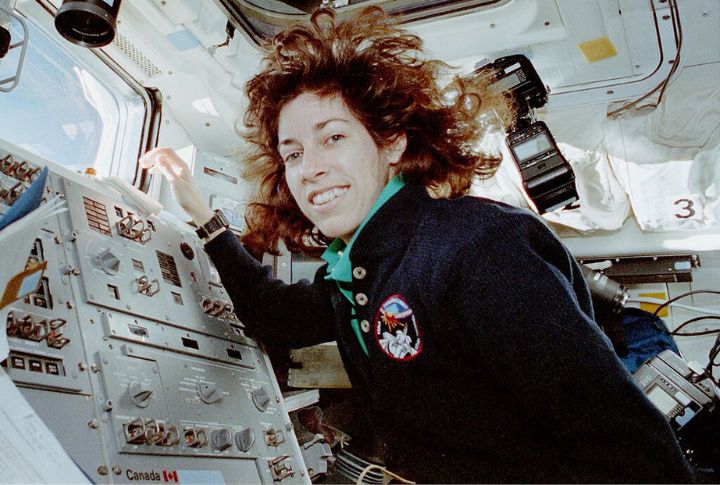
Before venturing beyond Earth, Ellen Ochoa designed optical systems that enabled shuttles to operate with accuracy. Her PhD in electrical engineering wasn’t just impressive; it was instrumental. She became the first Latina astronaut in 1993, but before that? She helped machines see what eyes couldn’t.
Mary Jackson Broke Barriers In 1939
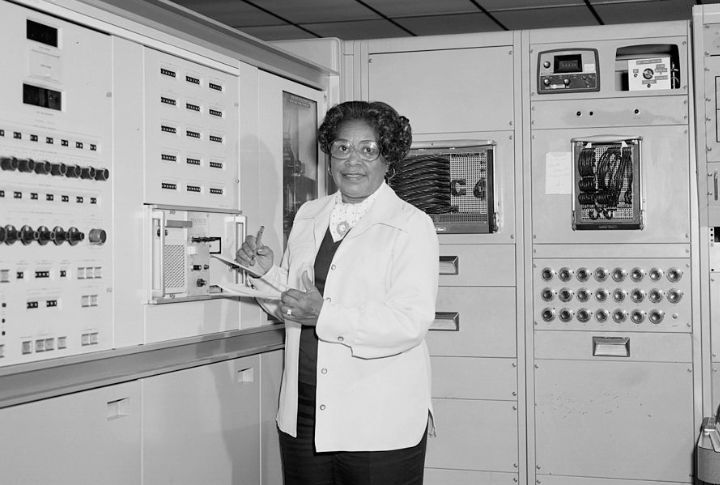
In 1939, Mary Jackson became NASA’s first African American female engineer. She solved complex aerodynamic problems and quietly shattered racial and gender barriers, which proved that brilliance knows no bounds—even in places where women were rarely welcomed or recognized.
Margaret Hamilton’s Software Was Vital In Saving The Apollo 13 Crew
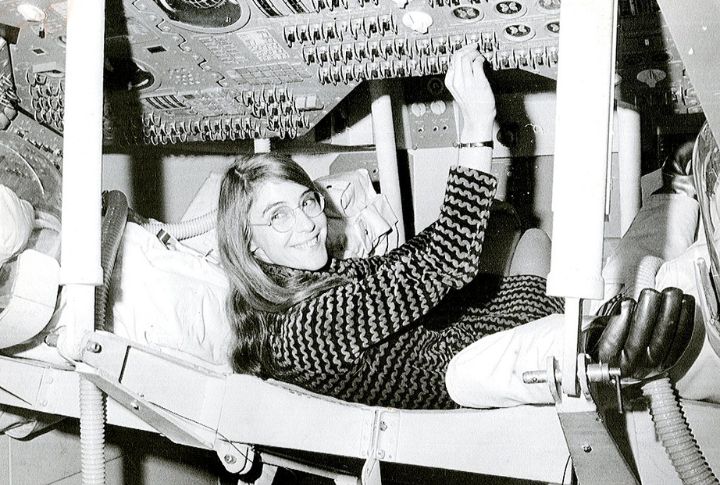
Error-catching. That was Margaret Hamilton’s superpower. Her software flagged critical faults during Apollo 13’s near-fatal mission. Leading MIT’s team, she built code so stable it prevented catastrophic failure. Her work kept others alive while standing on the ground.
Christina Koch Spent More Time In Orbit Than Any Other Woman
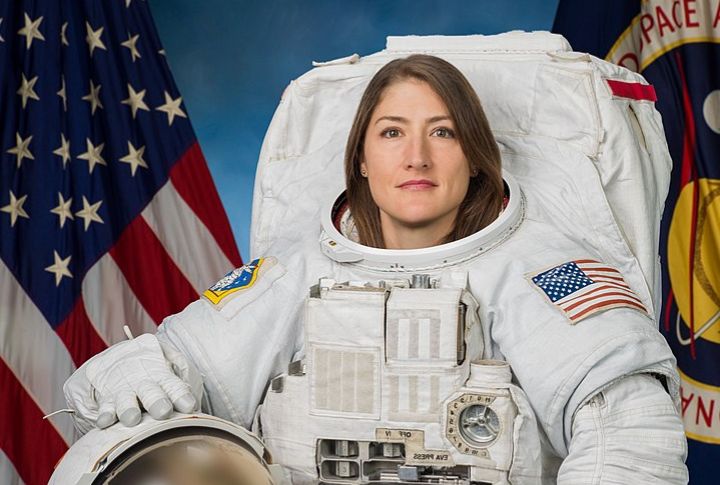
Imagine spending 328 days above Earth—Christina Koch lived it. Her 2019 expedition set the record for the longest spaceflight by a woman, demanding endurance at every level. No shortcuts, no early returns, just data, system checks, and resilience. Her orbit pushed the limits of biology and willpower.
NASA’s First Female Astronaut Group Was Nicknamed The ‘Fabulous Six’
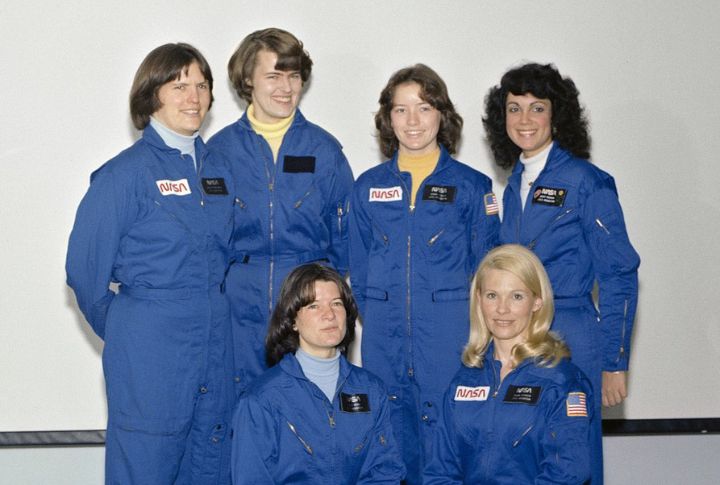
Brave and bold, six pioneers joined NASA in 1978: Sally Ride, Rhea Seddon, Shannon Lucid, and three more. They weren’t backup plans. Training alongside men, they took on STS missions and proved that space was no longer just a man’s game. The sky was never the limit for them.
The Woman Who Brought AI To Spacecraft
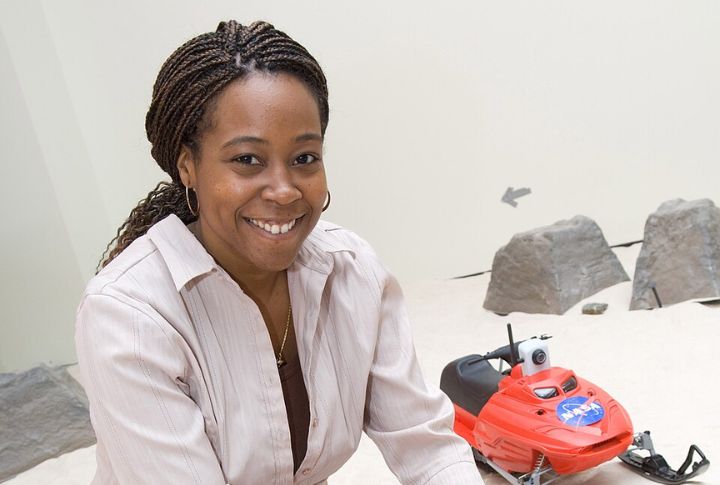
Ayanna Howard helped NASA’s rovers think for themselves. Her research in artificial intelligence gave spacecraft the ability to adapt to unpredictable terrain. Instead of waiting for commands, they learned to make decisions. Thanks to her work, exploration is faster AND smarter.
Women Once Worked In A Segregated Unit
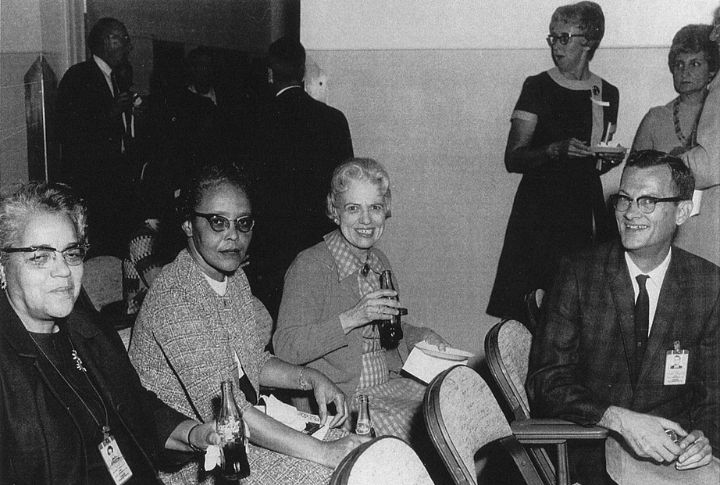
In the 1950s at Langley, Black women like Dorothy Vaughan worked in the segregated West Area Computers unit, where their calculations played a vital role in rocket success. Vaughan led with resilience, mastering FORTRAN before many knew what code was. Once hidden figures, their work reshaped the world of aeronautics forever.
The First Black Woman In Space Was Also A Doctor

Think beyond the stars. Mae Jemison didn’t just fly on Endeavour in 1992—she carried a medical degree, engineering background, and mission science training. Her spaceflight combined intellect and instinct. Why settle for one title when brilliance gives you many? History remembers her as a multitalented trailblazer.

